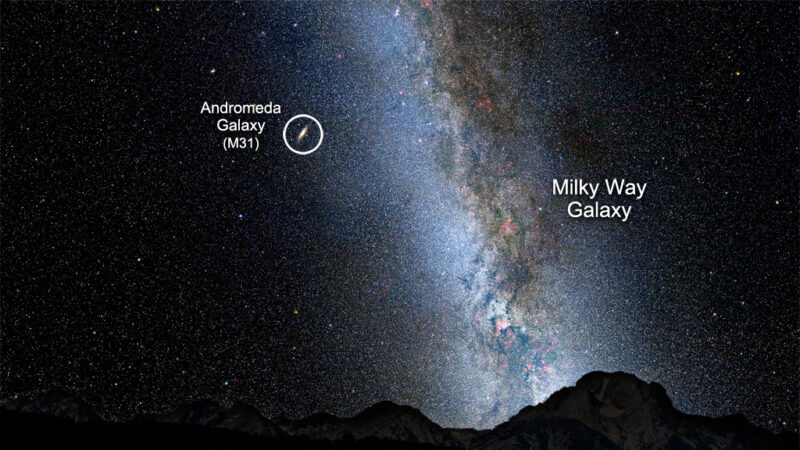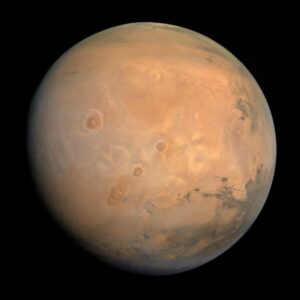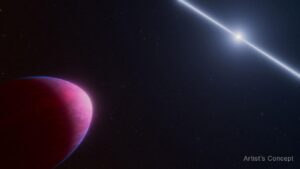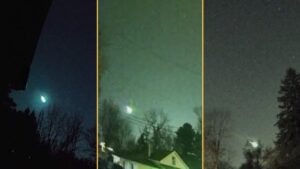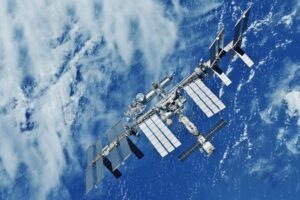Astronomers have long believed that our Milky Way will eventually collide with the Andromeda galaxy. A new study suggests that we might escape that fate.
The spiral Andromeda galaxy is our closest neighbor, sitting 2.5 million light-years away. The consensus was that after circling ever closer for billions of years, the two galaxies would collide.
“Traveling at 250,000 mph [402,336 kph], [it] is scheduled to make a head-on encounter with our galaxy about 4 billion years from now,” said NASA in a 2012 statement. “[This] will create a combined elliptical galaxy. It seems Earth, the Sun, and planets in our Solar System will survive the crash but take on new coordinates in the cosmos.” Supermassive black holes will occupy the center of this new elliptical galaxy.
But new measurements from the Gaia and Hubble telescopes put the odds of this merger at just 50-50. Previous calculations were based solely on the positions and movements of the Milky Way and Andromeda. The numbers we now have are more precise, and we can now better observe other heavenly bodies and factor them into the equation.
One thing we do already know: If their orbits approach within 200 kiloparsecs (6,172,000,000,000,000km) of each other, they will collide and merge. If they do not come that close, then they will continue evolving individually.
Andromeda and the Milky Way are the two largest galaxies within the so-called “Local Group,” a collection of neighboring galaxies. Most others within the group are too small to have any real impact, but two are large enough to affect the potential merger: M33 and the Large Magellanic Cloud.
The research team created many simulations to try to predict the chance of a collision. Factoring in just Andromeda and the Milky Way, the odds are 50%.
Other players involved
If the simulations include the M33 galaxy, the collision likelihood increases to 66%. Including the Large Magellanic Cloud galaxy changes the odds again, this time to 33%.
“Including M33 increases the merger probability, while the orbit of the Large Magellanic Cloud runs perpendicular to the Milky Way-Andromeda orbit and makes their merger less likely,” the astronomers explained.
If you consider all the various bodies in motion, the many uncertainties leave room for vastly different outcomes. However, the probability of a merger during the next 10 billion years remains a toss-up.
This is the first time astronomers have made these calculations with modern data. The researchers admit that a lot more work needs to be done before any certainty is possible.
“[But] as it stands, proclamations of the impending demise of our galaxy appear greatly exaggerated,” they said.

Will we escape this eventual fate? The odds are 50-50. The James Webb Telescope has just released new images of a pair of colliding galaxies, NGC 2207 and IC 2163.
